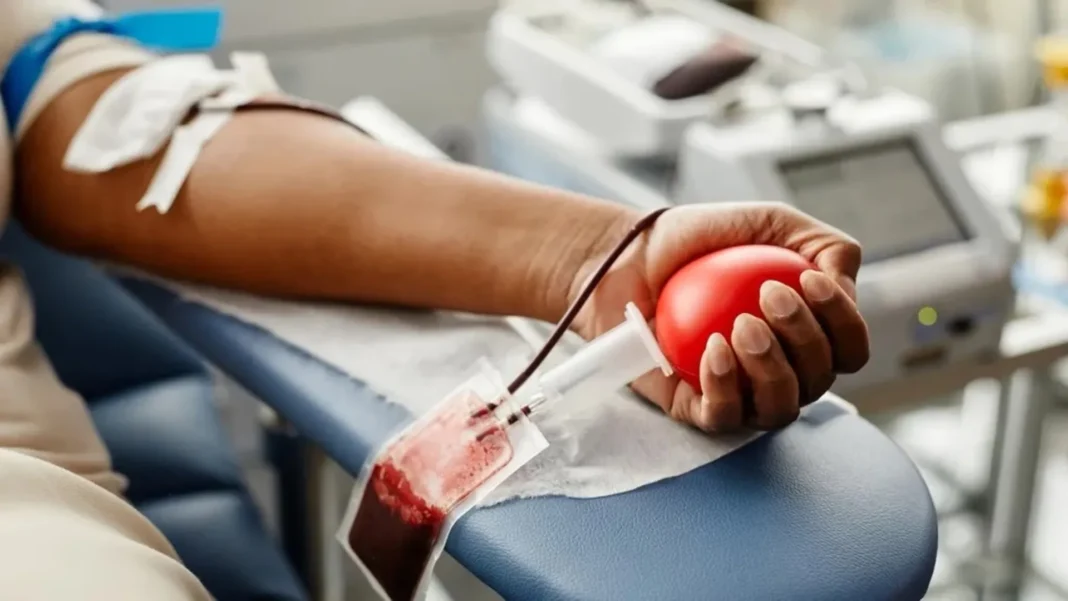Blood donation across Latin America and the Caribbean has shown significant recovery following the pandemic, with 23 countries collecting over 9.2 million units in 2023—a 15.5 per cent increase from 2020 levels, according to new data released by the Pan American Health Organization ahead of World Blood Donor Day.
The preliminary report, titled “Access to Blood for Transfusion in Latin American and Caribbean Countries 2023,” reveals that the 23 participating countries—17 in Latin America and 6 non-Spanish-speaking Caribbean nations—collected 9,212,861 units of blood in 2023, compared to 7,776,198 units in 2020.
Nearly 80 per cent of countries reported significant increases, attributed to post-pandemic recovery efforts and new awareness strategies implemented by health authorities.
“Equitable access to safe blood is a right for all people and can only be guaranteed through well-organized, efficient systems based on regular, voluntary, and non-remunerated donation,” said Dr. Jarbas Barbosa, PAHO Director. “We are grateful to those who give generously and encourage more people to join this life-saving act of solidarity.”
The region made notable progress toward voluntary blood donation, with 56.8 per cent of donated blood coming from voluntary donors in 2023—a 6.7 per cent increase compared to 2019. This resumed the pre-pandemic growth trend, driven by digital campaigns, mobile drives, and institutional partnerships.
The remaining donations came from family members or close contacts responding to direct requests. Notably, no country in the region reported paid donations, highlighting the commitment to altruistic giving.
However, disparities remain across the region. While the average stands at 16 blood donations per 1,000 inhabitants, 13 countries fall below this benchmark while 10 exceed it. Brazil, Mexico, Colombia, and Argentina account for 75 per cent of total donations.
The report highlights improvements in blood safety and quality standards. All donated units (100 per cent) were screened for transfusion-transmissible infections, and 90% were fractionated into components such as red blood cells, plasma, and platelets to optimize clinical use.
Despite progress, national and regional blood systems continue to face structural challenges. Over 1,900 collection sites and 1,400 processing centres operate independently, limiting overall efficiency. Only four countries processed more than 10,000 units per year on average, with Paraguay leading at 20,706 units.
“We need more regular, altruistic donors,” stated Mauricio Beltrán, PAHO’s Regional Blood Services Advisor, explaining that voluntary donation prevents shortages and provides more sustainable access compared to reactive family donations.
Blood transfusions remain essential for treating postpartum haemorrhage, childhood anaemia due to malnutrition or malaria, disaster-related injuries, and complex surgical procedures.
PAHO is urging governments to invest in efficient national blood systems, promote voluntary donation, and strengthen oversight to ensure equitable and safe access to blood products.
This year’s World Blood Donor Day campaign, observed June 14 under the theme “Give blood, give hope: Together we save lives,” aims to raise awareness, inspire new donors, and thank existing donors whose generosity helps save lives.




